Gendered Strife and Confusion: The Political Culture of Reconstruction

Summary
Exploring the gendered dimension of political conflicts, Laura Edwards links transformations in private and public life in the era following the Civil War. Ideas about men's and women's roles within households shaped the ways groups of southerners—elite and poor, whites and blacks, Democrats and Republicans—envisioned the public arena and their own places in it. By using those on the margins to define the center, Edwards demonstrates that Reconstruction was a complicated process of conflict and negotiation that lasted long beyond 1877 and involved all southerners and every aspect of life.
Similar Books
-
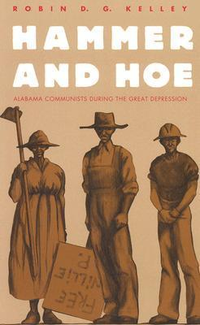 Hammer and Hoe: Alabama Communists During the Great Depression
Hammer and Hoe: Alabama Communists During the Great Depressionby Robin D.G. Kelley
-
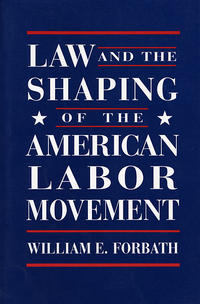 Law and the Shaping of the American Labor Movement
Law and the Shaping of the American Labor Movementby William E. Forbath
-
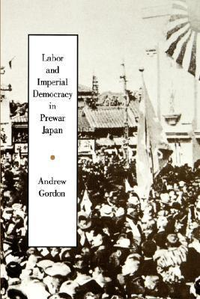
-
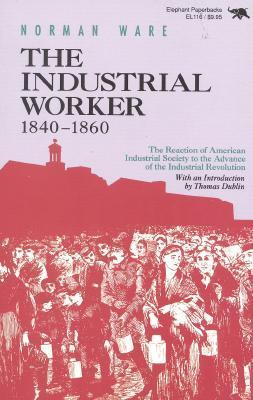
-
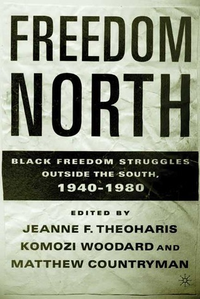 Freedom North: Black Freedom Struggles Outside the South, 1940-1980
Freedom North: Black Freedom Struggles Outside the South, 1940-1980by Jeanne F. Theoharis
-

-
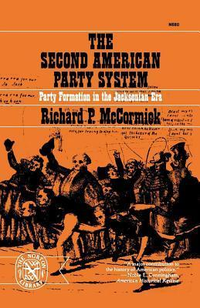 The Second American Party System: Party Formation in the Jacksonian Era
The Second American Party System: Party Formation in the Jacksonian Eraby Richard P. McCormick
-
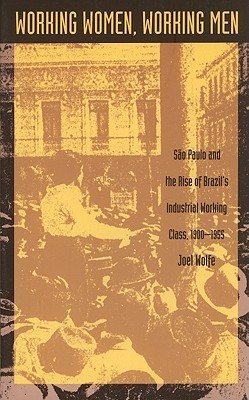
-
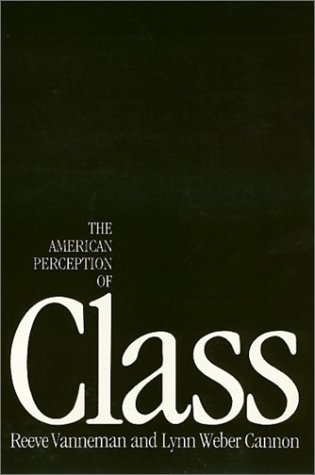 The American perception of class
The American perception of classby Reeve Vanneman
-
 The American Perception of Class
The American Perception of Classby Reeve Vanneman
-
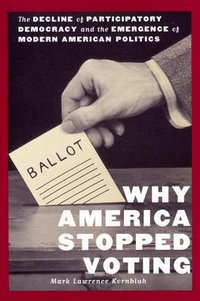
-
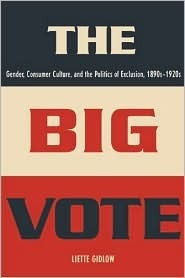
-
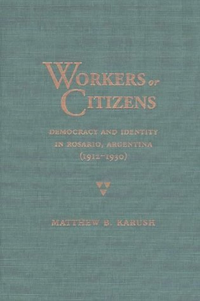 Workers or Citizens: Democracy and Identity in Rosario, Argentina 1912-1930
Workers or Citizens: Democracy and Identity in Rosario, Argentina 1912-1930by Matthew B. Karush